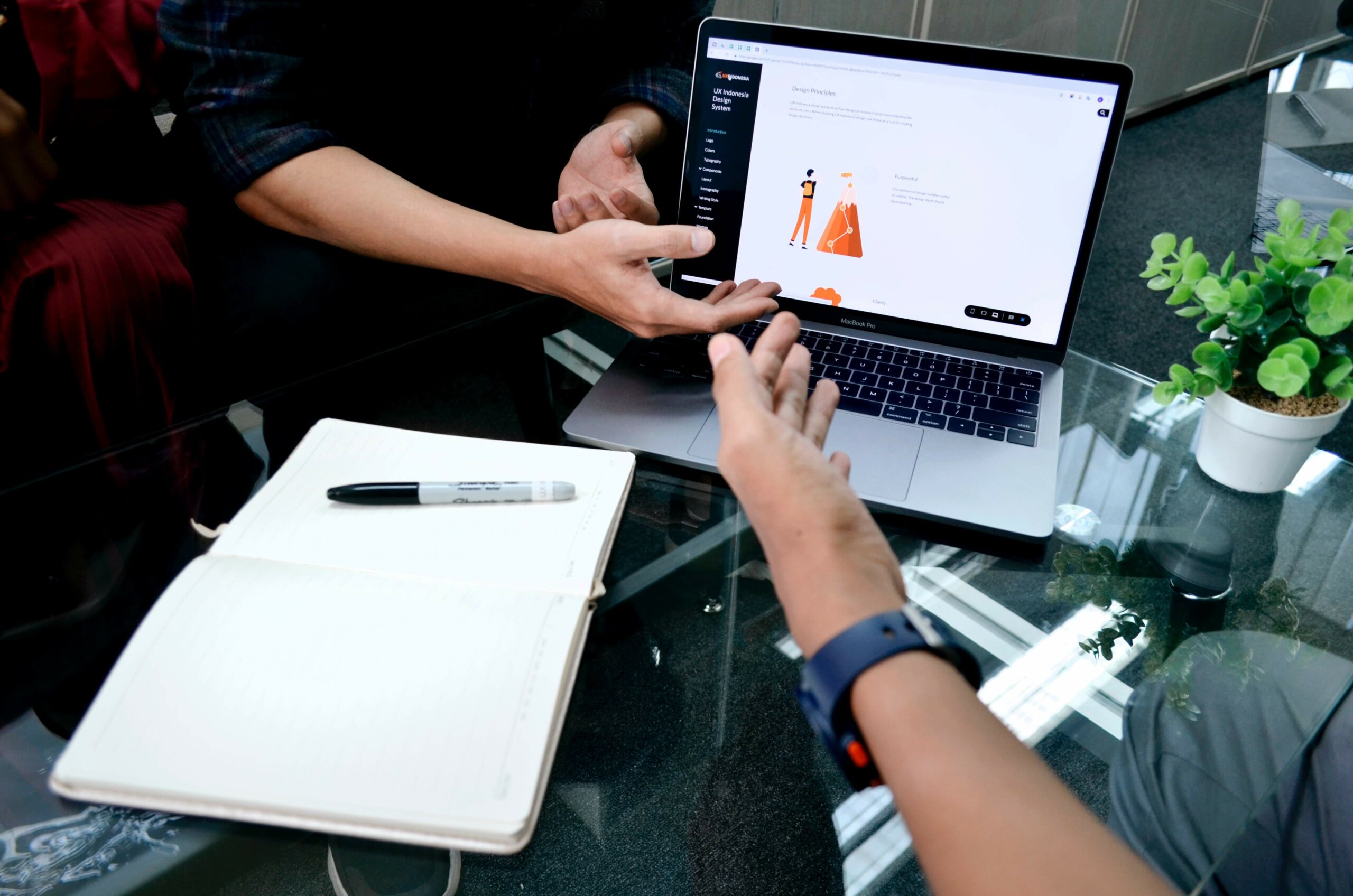Visual impression tests are a powerful tool in user research that can reveal valuable insights into users’ subjective reactions and preferences, guiding the development of user-centered designs
Visual impression tests, also known as visual preference tests or image preference tests, are a valuable tool in user research that can provide numerous benefits. These tests involve showing participants a series of images and asking them to rate or rank them based on their subjective preferences, impressions, or reactions.
Here are some of the key benefits of using visual impression tests in user research:
Provides insights into users’ preferences and attitudes
Visual impression tests allow researchers to gather data on users’ subjective reactions and impressions of different design concepts or product features. This can help identify which design elements or features are most appealing to users and can guide design decisions that are more likely to be well-received.
Helps identify trends and patterns
By analyzing the data collected from visual impression tests, researchers can identify trends and patterns in users’ preferences and attitudes. This can be particularly useful when designing for a specific demographic or target audience, as it allows designers to understand what resonates with that group.
Can be used to compare designs
Visual impression tests can be used to compare multiple design concepts, allowing researchers to identify which design is preferred by users. This can help ensure that the final design is one that is likely to be well-received and used by the target audience.
Used to validate design decisions
Visual impression tests can also be used to validate design decisions by getting feedback from users on specific design elements or features. This can help ensure that the final design is user-centered and meets the needs and preferences of the target audience.
Used as a quick and cost-effective research method
Visual impression tests are relatively quick and easy to administer, and can be conducted remotely or in-person. This makes them a cost-effective research method that can be used to quickly gather valuable data and insights.
By gathering data on users’ preferences and attitudes, identifying trends and patterns, comparing designs, validating design decisions, and providing a quick and cost-effective research method, visual impression tests can help ensure that the final design is user-centered and meets the needs and preferences of the target audience.
Our Testing Process
1
Consultation
2
Selection
3
Operation
4
Deliverables
Consultation is a critical first step in user testing as it helps to ensure that the study is designed appropriately to achieve the desired outcomes. During the consultation, the researcher will work with the client to understand their goals and objectives for the study, the target audience, and the product or service being tested.
2
We ensure that the users selected for testing are representative of your target audience. We do not test with people from your own company, except for cases where you're designing an intranet for internal use.
3
We give the users high quality prototypes or variations of working versions. We do not just show them the website and ask for feedback. We let them try to accomplish something that the design is intended to do, so we get valuable data.
While the test is running, we let the users do the talking. We listen to what they have to say and take note of their feedback, even if it's critical of our design. We do this to find out how real people react to the design and improve it to provide the best user experience.
4
The deliverables for visual impressions typically include a detailed report that summarizes the key findings and recommendations from the study. This report is usually the main output of the user testing process and provides the client with valuable insights into how users interact with their product or service.
In addition to the report, the researcher may also provide the client with a presentation or workshop to discuss the findings and recommendations in more detail.




